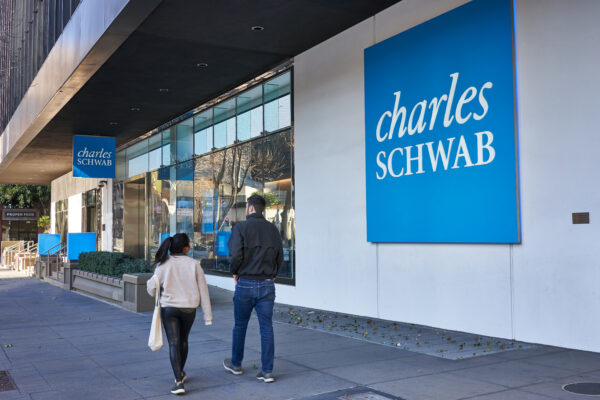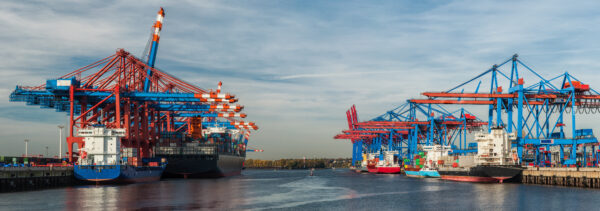Southwest Airlines Dividend Safety Review
Investors are worried about Southwest Airlines’ dividend. The airline industry is feeling the pain. A global shutdown has led to a steep drop in the number of flights offered. It’s gotten so bad that the government is stepping in with bailouts – with strings attached.
So to get a better understanding of Southwest’s dividend safety, we’ll look at trends over the last 10 years. But first, let’s look at the business as a whole…
Southwest Airlines Stock and Business Overview
Southwest Airlines (NYSE: LUV) is an $18 billion business. The company is based out of Dallas, Texas, and it has 60,800 employees. Last year, Southwest Airlines pulled in $22 billion in sales, and that works out to $369,000 per employee.
The company is a top airline in the U.S. and has a BBB- credit rating from the S&P. This allows Southwest Airlines to issue cheap debt to expand operations and pay dividends, although times are tough with the recent drop in business.
Investors have beaten down Southwest Airlines stock from a recent high of $58.83 to $34.26. That’s more than a 40% drop since February. Investors are clearly worried about future performance and dividend safety. So let’s dig into the dividend trends.
Southwest Airlines Dividend History
The company paid investors $0.018 per share a decade ago. Over the last 10 years, the dividend has climbed to $0.70. That’s a steep 3,789% increase, and you can see the annual changes below…

The compound annual growth is 44.2% over 10 years. And last year, the dividend climbed 15.7%. This past growth is solid, and Southwest Airlines stock might still be a good income investment. Let’s take a look at the yield…
LUV Dividend Yield vs. 10-Year Average
Southwest Airlines has a good history of paying dividends. This makes the dividend yield a good indicator of value. A higher yield is generally better for buyers. Sustainability is also vital, and we’ll look at that soon.
The dividend yield comes in at 2.04%, and that’s above the 10-year average of 0.74%. The chart below shows Southwest’s dividend yield over the last 10 years…

The higher dividend yield shows that investors have bid down the company’s market value. And that makes sense since some investors are expecting a dividend cut with recent events. To shed a little light on that possibility, let’s look at a useful payout ratio.
Southwest’s Dividend Safety Check
Many investors look at the payout ratio to determine dividend safety, meaning they look at the dividend per share divided by the net income per share. So a payout ratio of 60% would mean that for every $1 Southwest Airlines earns, it pays investors $0.60.
The payout ratio is a good indicator of dividend safety… but accountants manipulate net income. They adjust for goodwill and other noncash items. A better metric is free cash flow.
Here’s Southwest Airlines’ dividend payout ratio based on free cash flow over the last 10 years…

The ratio is volatile over the last 10 years, and the trend is up. Still, last year shows a payout ratio of only 12.7%. This would normally give plenty of wiggle room for Southwest Airlines’ board of directors to raise the dividend. But since flights have dropped across the board, the company will need to conserve capital.
The longer the shutdown lasts, the higher the chance of a dividend cut. So if you’re looking for dividend safety, you might want to consider these top 20 consumer staples stocks instead. Or if you’re still interested in airline stocks, you can lower some risk with these top airline ETFs.
To stay current with useful market news, you can sign up for our free e-letter below. It’s packed with insight from investing experts.





